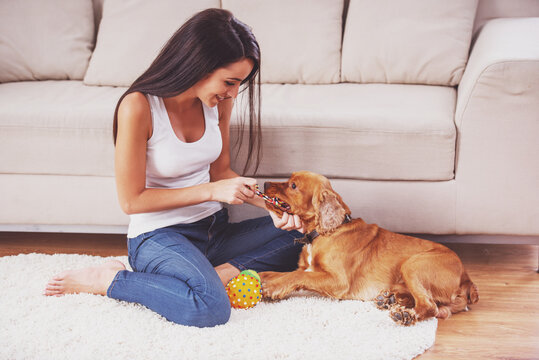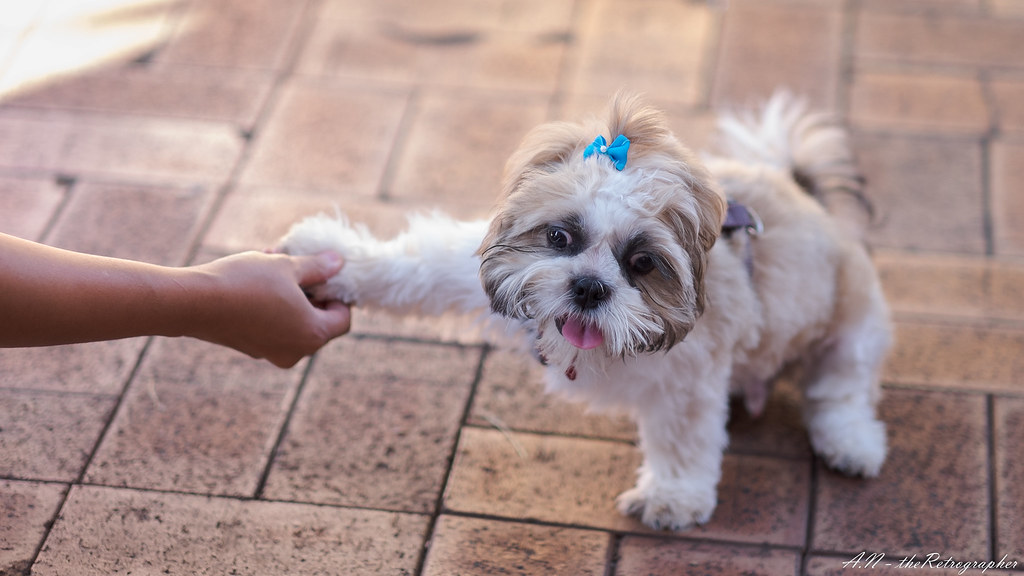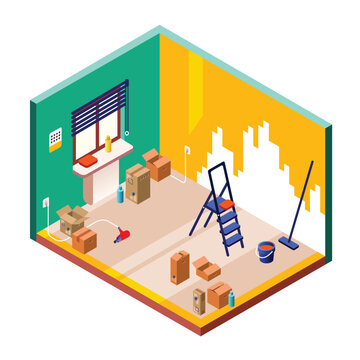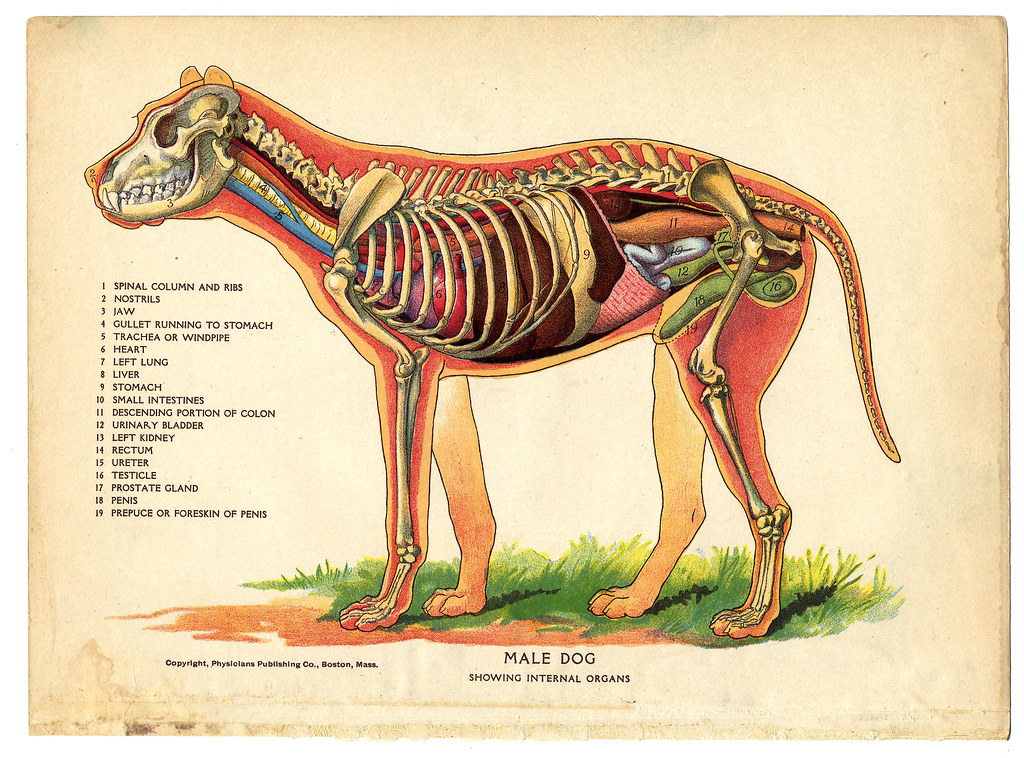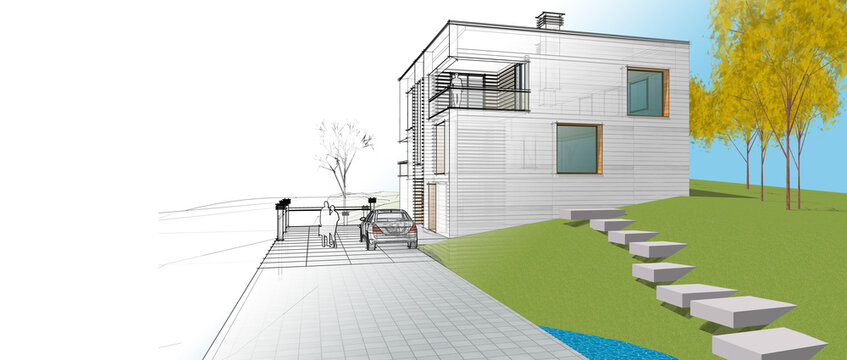As a pet owner, you want to ensure that your furry friends feel safe, comfortable, and loved. And what better way to achieve this than by building them their own house? But building a dog and cat house is not just about hammering some wood pieces together. It’s an art form that requires careful planning, creativity, and attention to detail. In this blog post, we’ll share with you tips and tricks on how to build a dog and cat house your pets will adore. Get ready to unleash your inner DIY genius!
Understanding Your Pet’s Needs: Designing the Perfect Dog and Cat House
Designing the Perfect Dog and Cat House
Building a house for your furry friends is more than just putting together a few pieces of wood. It’s important to understand your pet’s needs and design a house that will cater to their specific requirements. Consider the size of your pet, their habits, and their personality when deciding on the dimensions and layout of the house.
For example, cats love to climb and perch up high, so incorporating a scratching post or a platform for them to lounge on would be ideal. Dogs, on the other hand, need enough space to move around comfortably and may require a separate area for sleeping.
It’s also important to consider the climate in your area when designing your pet’s house. If you live in an area with harsh winters, you may want to add extra insulation or consider building a heated house. Similarly, if you live in an area with hot summers, proper ventilation is crucial.
By taking the time to design a perfect dog and cat house, you’ll not only provide your pets with a safe and comfortable home but also create a space that they’ll love spending time in.
Choosing the Right Materials for Your Pet’s House: A Comprehensive Guide
When it comes to building a dog and cat house, choosing the right materials is crucial for both durability and comfort. Wood is a popular choice due to its natural insulation properties and aesthetic appeal. Cedar and redwood are particularly resistant to decay and insects, making them ideal for outdoor use. However, if you’re looking for a more eco-friendly option, consider using recycled plastic lumber or metal. These materials are durable, weather-resistant, and require minimal maintenance. When selecting roofing materials, opt for asphalt shingles or metal roofing for maximum protection against the elements. For insulation, use foam board or fiberglass batts, but be sure to avoid materials that may be harmful to your pets such as loose fill insulation. By choosing the right materials, you can ensure that your pet’s house will provide a safe and comfortable home for years to come.
Building a Safe and Secure Home for Your Furry Friends: Tips and Tricks
When building a house for your furry friends, safety and security should be your top priority. Use sturdy materials that can withstand the wear and tear of outdoor elements, such as strong winds or heavy rain. Make sure that the structure is firmly anchored to prevent it from collapsing during extreme weather conditions.
It’s important to provide proper insulation, especially if you live in areas with colder climates. Your pet’s body heat will help keep the interior warm, but adding extra insulation will ensure maximum comfort for your furry friends. Additionally,ventilation is crucial to preventing a buildup of moisture inside the house which can lead to mold growth or even respiratory issues for your pets.
Consider installing a door flap or cover to protect against wind drafts and keep out any unwanted critters. Also, avoid using toxic materials like pressure-treated wood or chemical-based paints that may harm your pets.
Finally, make sure there are no sharp edges or corners that could injure your pets while they move around inside their new home. By taking these precautions into consideration when building their house, you’re ensuring they have a safe and comfortable living space tailored just for them!
The Importance of Proper Ventilation and Insulation in Your Pet’s House
Understanding The Role Of Ventilation And Insulation For Your Pet’s House
Proper ventilation and insulation are essential for your dog and cat house to ensure the comfort and safety of your pets. Ventilation allows air circulation, which helps regulate the temperature inside the house, preventing overheating or hypothermia. At the same time, insulation serves as a barrier that keeps warmth inside during cold weather and blocks heat from penetrating during hot weather. This way, you provide a comfortable living space for your furry friends all year round. Without proper ventilation and insulation, your pet’s health can be compromised by poor air quality or extreme temperatures that may lead to illness or even death.
Benefits of Adequate Ventilation and Insulation In Your Pet’s Shelter
Proper ventilation and insulation are crucial elements in building a comfortable and safe house for your pets. Adequate ventilation ensures that fresh air circulates inside the house, preventing the buildup of harmful bacteria and foul odors. On the other hand, insulation helps regulate the temperature inside the house, keeping your pets warm during cold weather and cool during hot weather. Insulation also helps prevent moisture buildup, which can lead to mold growth and other health hazards for your pets. By ensuring that your pet’s house has proper ventilation and insulation, you are providing them with a comfortable and healthy living environment.
Tips To Ensure Optimal Airflow And Temperature Control In A Pet’s Home
To ensure optimal airflow and temperature control in a dog and cat house, it’s important to incorporate proper ventilation and insulation. This will not only keep your pets comfortable but also promote good health by preventing the buildup of harmful fumes or excessive moisture. One effective way to achieve this is by installing vents on opposite sides of the house, allowing for cross-ventilation. You can also opt for roof vents or adjustable openings that allow you to regulate airflow as needed. Additionally, adding foam board insulation can help maintain a consistent temperature inside the house, keeping your furry friends cozy during hot summers or chilly winters.
Adding Personal Touches to Your Pet’s House: Making it Cozy and Inviting
Personalize your pet’s house by adding their name or a cute sign above the entrance. Comfort is key, so make sure to add soft bedding and blankets for your furry friend to snuggle up in. You can also add a few toys or chew bones to keep them entertained. Consider adding a small window or skylight to let in natural light, which can improve your pet’s mood and health. Don’t forget about the exterior – add some plants or flowers around the house to create a welcoming environment for both your pets and guests. Lastly, safety should always be a top priority when adding personal touches – avoid using toxic materials or plants that could harm your pets. With these tips, you can create a cozy and inviting home that your pets will love spending time in.
Maintenance and Cleaning: Keeping Your Pet’s House in Top Condition
Maintenance and cleaning are essential to keep your pet’s house in top condition. Regular cleaning will prevent the buildup of dirt, bacteria, and pests that can harm your furry friends. Inspecting the house regularly will also help you identify any damages or wear and tear that may require repairs.
When cleaning your pet’s house, use mild soap and warm water to avoid harsh chemicals that can irritate their skin. Scrub the surfaces thoroughly, rinse with clean water, and let it dry completely before allowing your pets back in. Replacing old bedding with fresh ones is also important to maintain hygiene.
In addition to regular cleaning, it’s important to make necessary repairs promptly. Check for loose screws or nails, damaged roofing or walls, and any signs of wear and tear. Repairing damages as soon as possible will prevent further damage and ensure your pet’s safety.
By following these maintenance tips, you can ensure that your pet’s house remains a safe and comfortable haven for them for years to come.
DIY vs. Pre-Made Dog and Cat Houses: Which One is Right for You?
DIY vs. pre-made dog and cat houses is a common debate among pet owners. While pre-made houses offer convenience, DIY options allow for customization and cost savings. If you have the time and skills, building your own pet house can be a rewarding experience. You can tailor the design to your pet’s specific needs and preferences, ensuring maximum comfort and safety. However, if you lack the necessary tools or expertise, pre-made options may be a better choice. They come in various sizes and styles, with features like insulation and ventilation already included. Ultimately, the decision depends on your budget, time constraints, and level of DIY experience. Whichever option you choose, make sure to prioritize your pet’s well-being above all else.
Frequently Asked Questions About Building a Dog and Cat House
Dog and cat house building can be a daunting task, especially if you’re doing it for the first time. Here are some frequently asked questions to help you out:
- Do I need to have carpentry skills to build a dog and cat house?
- Not necessarily. You can find pre-made kits that require minimal assembly, or you can follow step-by-step instructions for a DIY project.
- How big should the house be?
- The size of the house depends on the size of your pet. A good rule of thumb is to make sure your pet can stand up, turn around, and lie down comfortably inside.
- Can I use any type of wood for the house?
- No. Some types of wood are toxic to pets. Stick with untreated cedar or pine.
- How often should I clean the house?
- It’s important to clean your pet’s house regularly to prevent bacteria buildup and keep your pet healthy. Aim for at least once a month, or more frequently if needed.
- Can I add heating or cooling elements to the house?
- Yes, but make sure they are safe and won’t cause harm to your pet. Consult with a professional if you’re unsure.
- How long will the house last?
- With proper maintenance and care, a well-built dog and cat house can last for several years.
In conclusion, building a dog and cat house may seem like a daunting task, but with the right knowledge and materials, you can create a home that your pets will love. Remember to take into account your pets’ specific needs when designing their house and prioritize safety measures such as proper ventilation and insulation. With personal touches added, such as comfortable bedding or toys for playtime, your furry friends will feel right at home.
If you’re in need of supplies for building or even buying pre-made pet houses, make sure to check out our shop. We offer a wide variety of options to choose from so that you can find the perfect fit for your beloved pets. Don’t wait any longer – start creating the ultimate dog and cat house today!
Questions
Who can use a dog and cat house?
Anyone who has a pet dog or cat can use a dog and cat house.
What is a dog and cat house?
A dog and cat house is a shelter designed for both dogs and cats.
How do I choose the right dog and cat house?
Consider your pet’s size, behavior, and the weather in your area.
Who should I contact for installation?
Some dog and cat houses come pre-assembled, but if not, contact a handyman or contractor.
What if my dog or cat doesn’t like the house?
Try adding their favorite blanket or toy, or placing treats inside to encourage use.
How do I maintain a dog and cat house?
Clean it regularly, replace any damaged parts, and make sure it stays dry and well-ventilated.
